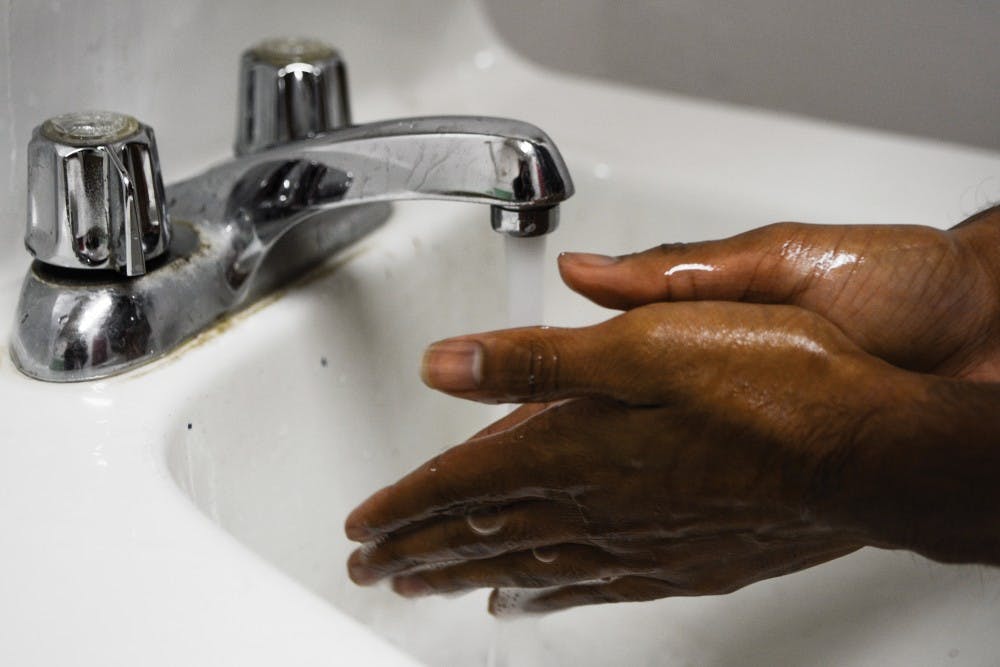Penn has seen an increase in the number of cases of hand, foot, and mouth disease reported on campus, following a trend of East Coast schools that have seen more cases of the disease this fall.
So far, there have been several reports at Penn among student athletes, another handful of cases found in the Quad, and one confirmed case in a fraternity, Executive Director of Student Health Services Giang T. Nguyen wrote in an email to The Daily Pennsylvanian.
Multiple members of Penn’s Sprint Football team were affected by the disease. Nursing freshman and Ware resident Jack Clancy, who had been infected, said there were probably three cases of HFMD on the team.
“I had blisters on my face for four or five days,” said Clancy, who speculated that he may have gotten the disease from one of the already-infected players on the team.
“Once the first person started to show symptoms, they were told not to come to practice,” he said. “The equipment managers for our team had us take all our equipment to get washed. They cleaned out our locker room and really did everything they could to prevent it from spreading any further. I must’ve gotten it just before all that stuff happened.”
There have been fewer than 10 cases reported among student athletes and fewer than 10 reports in the Quad as of Wednesday afternoon, according to Nguyen, who would not specify the exact number of individual cases.
“It wasn’t a frighteningly high number [at Penn], but just enough for us to keep an eye on it,” Nguyen said.
HFMD often causes painful sores in the mouth and blisters on the palms of hands and soles of feet, as well as a fever and sore throat. Although it may be uncomfortable for infected individuals, the disease usually resolves on its own after seven to 10 days, according to WebMD. HMFD can be transmitted through close personal contact.
RELATED:
Penn athletes wanted easier access to mental health resources. Their obstacle? CAPS.
Mold was found in 100 more rooms in the Quad over Fall Break
Other schools like John Hopkins University, Princeton University, Dartmouth College, and Lehigh University have all experienced a high volume of HFMD reports this year compared to the usual number of cases.
Nguyen said the number of cases reported at Penn was “nowhere near” the number of those identified at John Hopkins University and Lehigh University, which have reported 129 students as of Wednesday and 116 students as of Oct. 19, respectively.
Campus Health, the public health sector of SHS that provides health education and disease surveillance and prevention, sees cases of HFMD every year, but Nguyen said there has been a slight increase in the number of cases this semester.
In response to the increase in cases on campus, the University has taken preventative steps to stop its spreading, like cleaning common areas more often, installing hand sanitizer dispensers, and sending emails informing residential communities that the disease is spreading and to be careful.
On Oct. 17, Ware College House staff sent an email informing Ware residents that a small number of students had been diagnosed with the disease. The email said that hand sanitizer dispensers were being added to various shared common spaces to diminish the spread of the disease and included illness prevention tips. Wednesday afternoon, residents of Riepe College House were sent a similar email at 1:58 p.m.
Many college houses have seen extra cleanings of common spaces, said Director of Campus Health Ashlee Halbritter. She and Nguyen added that hand washing is the most important preventative measure in stopping HFMD from spreading.









